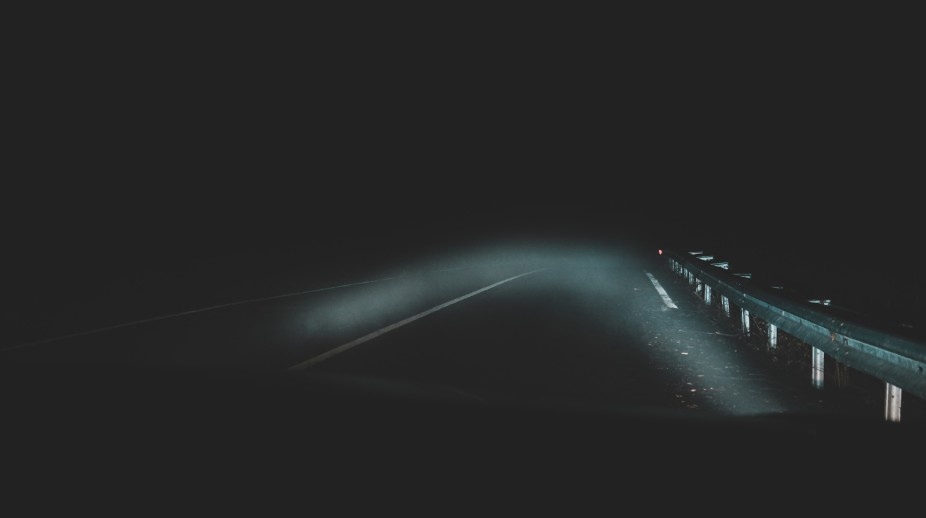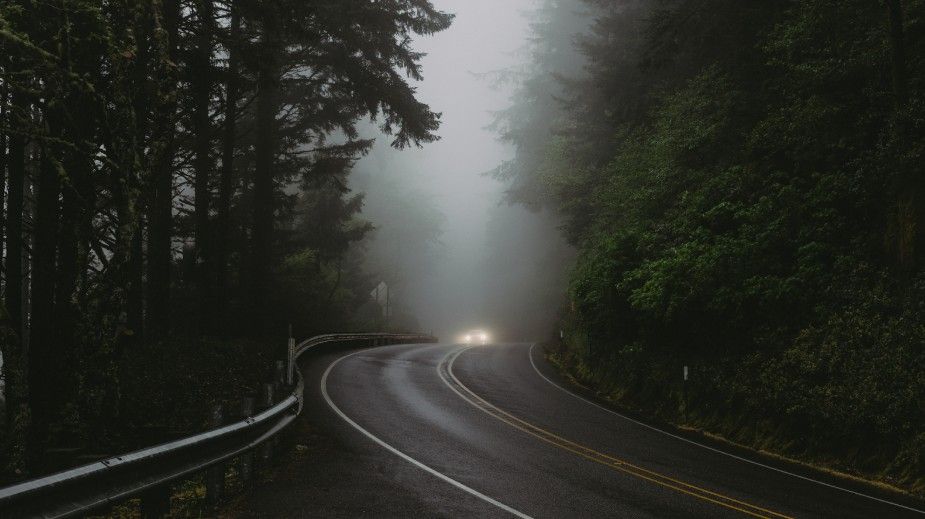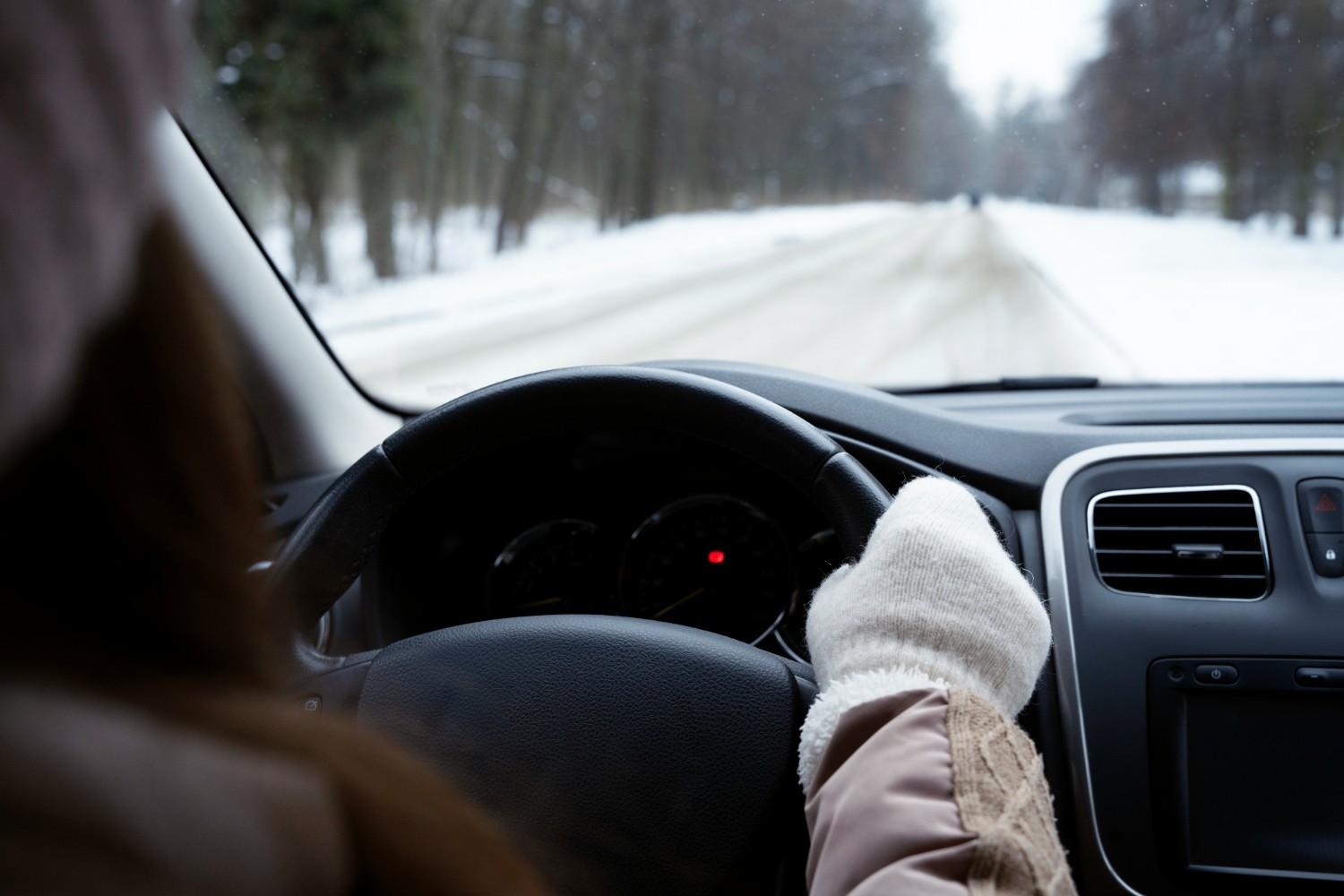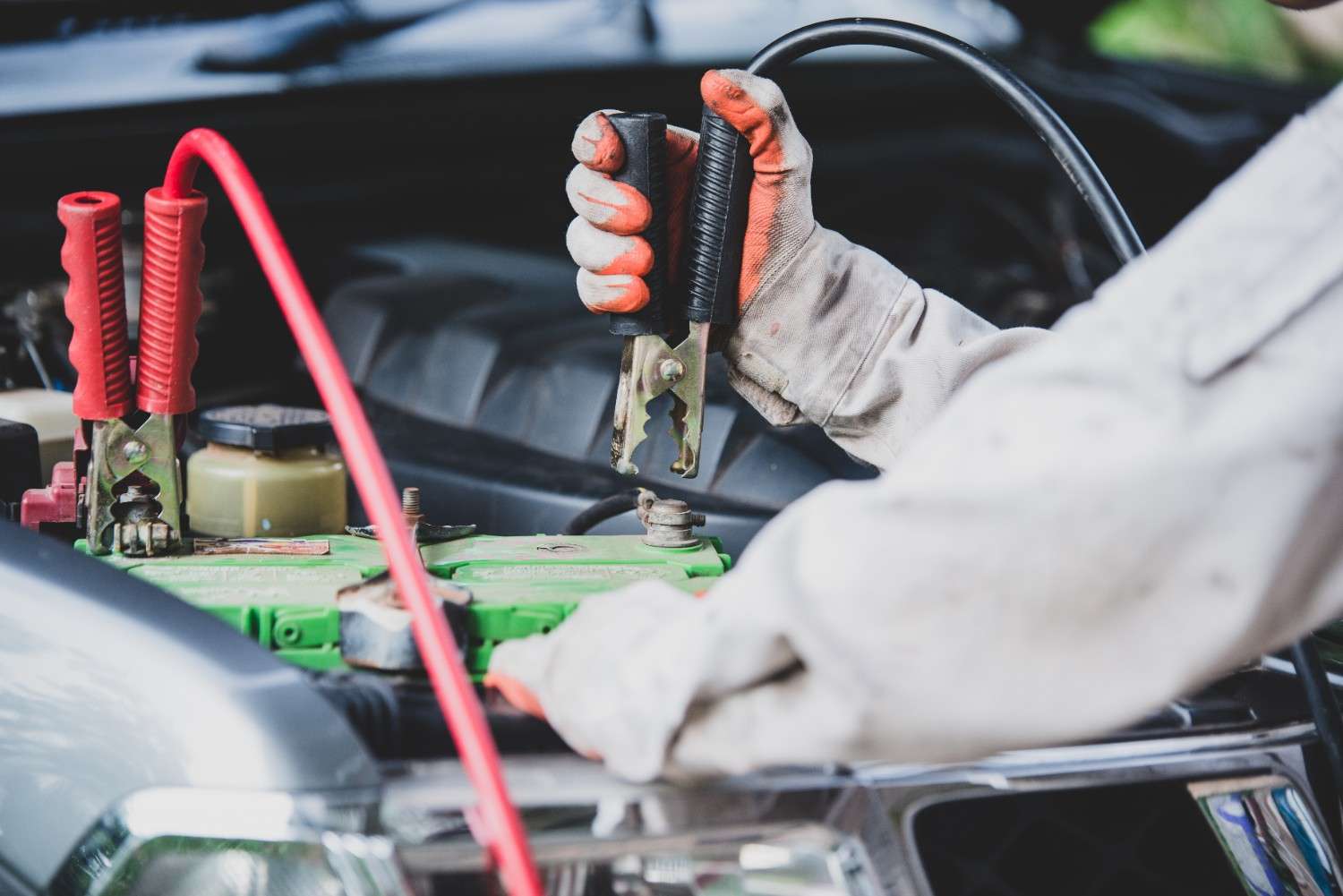I Thought I Could Handle Fog—Until I Couldn’t
I still remember the morning I drove into what looked like a soft gray cloud on the way to a safety conference. I was running a little late (don’t judge me), coffee in one hand, Bluetooth buzzing in the other, feeling like a boss.
But as soon as I turned onto the rural highway, I couldn’t see five feet in front of me. Not even the tail lights ahead. My stomach dropped. I went from “I’ve got this” to “I might need a rescue team” in ten seconds flat.
That morning taught me one important lesson I now tell everyone I train, coach, or casually chat with at gas stations: when driving into fog you should know exactly what to do before you hit that thick wall of nothingness. Because when visibility disappears, your reaction time and confidence vanish right along with it.
Let me walk you through what I’ve learned—not just from that near-miss, but from over a decade of studying traffic safety and fog-related incidents.
What Should You Do When Driving in a Fog?

If you’re suddenly swallowed by fog, the first rule is simple: slow down. And I mean really slow down, like Sunday-driver slow. It doesn’t matter if you’re running late or the road looks clear—fog plays tricks on your eyes and depth perception.
The key is to stay calm and avoid slamming on the brakes. Abrupt moves confuse drivers behind you and can lead to chain collisions. Instead, gently ease off the gas and keep your steering steady. Fog reduces reaction time, so your best weapon is a cool head and a light foot.
Another critical move? Keep your eyes on the right edge of the road. That white line is your best friend when the center line disappears. It helps you stay in your lane without getting distracted by the hazy shapes ahead.
When Driving in Fog, You Should Use What Type of Lights?

I’ll admit it—my first instinct was to flick on my high beams. More light, more visibility, right? Nope. When driving in fog, you should use low beams.
High beams bounce off the water droplets in the fog and actually make it harder to see. It’s like turning your bright on in a snowstorm—just pure glare. If your car has fog lights, this is their moment to shine. They’re mounted lower and aimed toward the road, helping you see more without the glare.
But don’t forget to turn on your taillights too, so the car behind you has a fighting chance of spotting you through the soup.
Keep all your lights clean—fog loves to cling to dirty surfaces. I once drove behind someone with mud-caked taillights in thick fog. Let’s just say I kept a very generous following distance.
What Should a Driver Do in the Fog?

If I could only give one piece of advice here, it’d be this: don’t let your brain go foggy too. That means no distractions—no phones, no fiddling with your playlist, and definitely no reaching for the snack bag in the backseat.
You also want to avoid passing other vehicles, no matter how slow they’re going. The risk of missing an oncoming car is too high, and visibility gaps between patches of fog can be misleading.
One more underrated tip? Don’t stop in the middle of the road. If you really can’t continue, pull off completely—like completely off the roadway—and turn on your hazards. I once saw a driver parked on the shoulder with their lights off. That’s not stealthy—it’s dangerous.
When Driving in a Fog, It Is Best to Drive With What?

When driving in a fog, it is best to drive with patience, low beams, and your windows clear. That last one’s sneaky: fog loves to cling to your windshield and side mirrors. Use your defrosters and windshield wipers to keep visibility sharp.
And don’t forget your mindset. Fog is one of those conditions that tests your inner calm. Don’t rush. Don’t second-guess every little decision. Just stay alert, move with intention, and give yourself (and others) plenty of room.
A warm drink doesn’t hurt either—just make sure it’s secured in the cupholder. Trust me.
How to Make the Most of When Driving Into Fog You Should
Okay, let’s break this down into an approach you can actually follow when fog rolls in unexpectedly:
First, check the forecast before heading out. If dense fog is expected, ask yourself if the trip really can’t wait. That “just a quick errand” can wait an hour or two. Next, if you’re on the road and fog hits, slow down before you get completely surrounded. Turn on your low beams and fog lights if available, and increase the distance between you and the vehicle ahead.
Stay focused on the right-side line rather than staring into the thickest part of the fog. Your eyes need an anchor, and that edge line keeps you grounded and centered in your lane.
Resist the urge to multitask. No emails. No podcast skipping. Fog driving requires full focus—every second counts.
Lastly, trust your instincts. If visibility drops below 100 feet (that’s less than half a football field), it’s time to pull off the road in a safe location until it clears.

FAQs About Driving in Fog
1. What should I do if my car doesn’t have fog lights?
No worries—just stick to your low beams. They still provide the right angle of light for limited visibility conditions. The real trick is avoiding high beams. Fog lights help, but they’re not essential if you’re driving slowly and staying focused.
2. Can I use hazard lights while driving in fog?
This is a tricky one. In some states, it’s illegal to use hazards while the car is moving. They’re best used when you’re completely pulled over and stationary. Otherwise, stick with your regular lights, and make sure your brake lights are working.
3. How slow is too slow when driving in fog?
If you’re going so slow that you’re impeding traffic or risking being rear-ended, that’s a problem. But generally, if visibility is reduced to a few hundred feet, driving below 30 mph is appropriate. The goal is to go slow enough to stop within your visible distance.
4. Why does fog make other drivers seem so unpredictable?
Because it reduces everyone’s confidence and visibility! You’ll see people slam brakes, swerve, or stop suddenly—often because they don’t know what’s ahead. That’s why giving space and staying calm is your best defense.
Fog Got You Flustered? Here’s the Final Scoop
If there’s one thing I’ve learned from my own “fog fail” moment and years of risk assessments, it’s this: when driving into fog you should slow down, light up smartly, and chill the heck out.
Fog isn’t the enemy—it’s just another part of the driving puzzle. And if you prep your mindset and your vehicle ahead of time, you’ll handle it like a pro. Understanding the basics of low beam vs high beam in these conditions can make all the difference—choose wisely and you’ll see better without blinding yourself or others.
So grab that travel mug, clear your windshield, and remember: you’ve got this, even when the road disappears right in front of you.
Drive safe. Stay smart. And never forget that low beams are your ride-or-die in fog.




